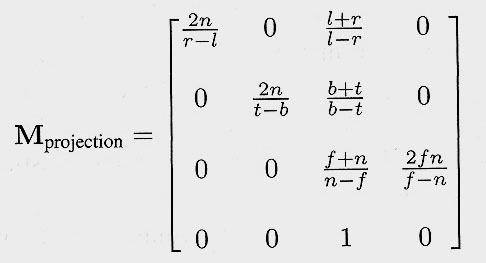How many degrees of freedom are associated with:
-- all planar quadrilaterals in 3-space?
-- with the mechanical 2D linkage below?

How many degrees of freedom are associated with:-- all planar quadrilaterals in 3-space?
|

Which point maps into the origin (0,0,0)
|